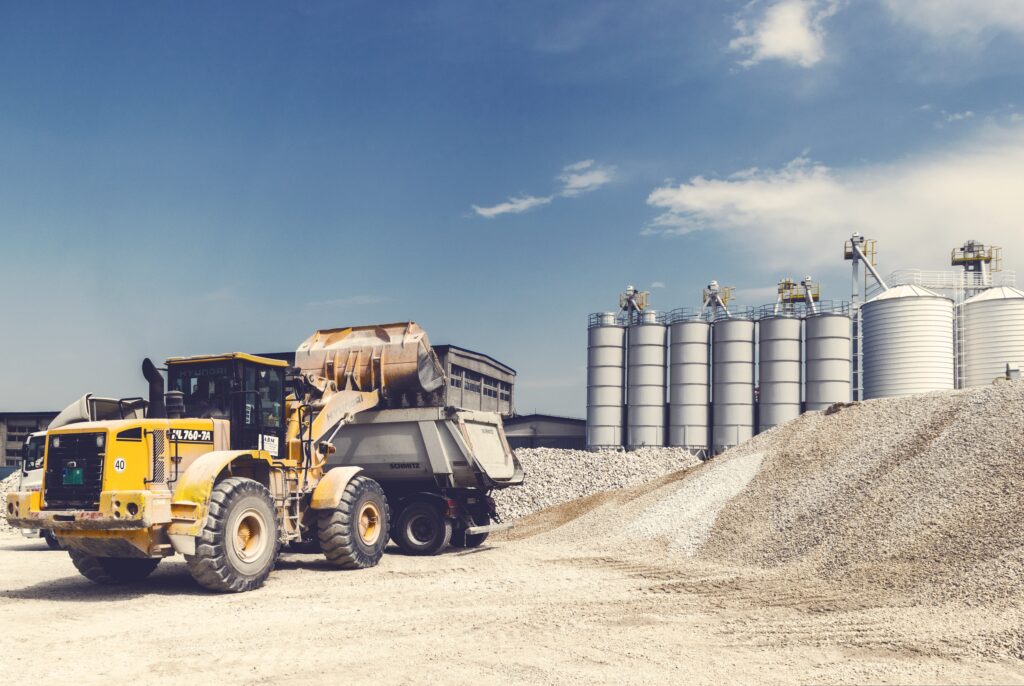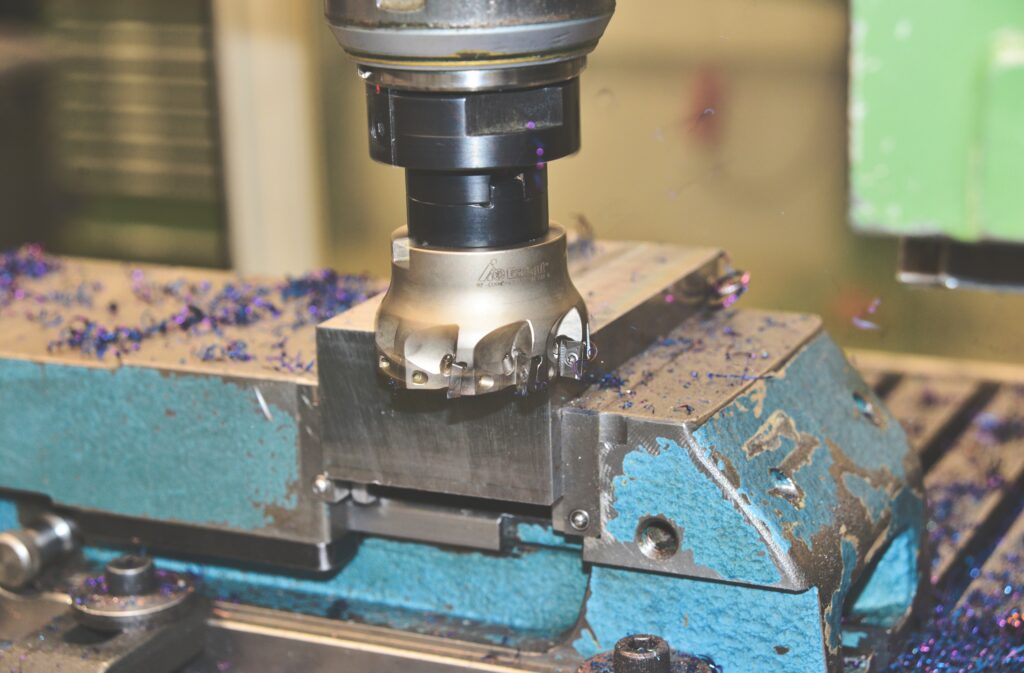The machinery manufacturing industry forms an irreplaceable cornerstone of the global economy, consistently playing a pivotal role in generating employment opportunities, spearheading technological progress, and wielding a substantial impact on the landscape of international markets. A closer look into this essential sector divulges its expansive economic footprint, shedding light on its influential role and revealing its profound effects on worldwide economic growth patterns and the delicate balance of market dynamics.
A deep dive into this industrial behemoth further explores the repercussions of large machinery manufacturers’ operations on the global economic stage. By their scale and reach, these entities play an undeniable role in shaping economic trajectories, influencing the ebb and flow of markets, and setting the pace for industrial growth and expansion. In doing so, they leave an indelible imprint on the very fabric of the global business ecosystem.
However, the path forward has its fair share of challenges and opportunities. As the machinery manufacturing industry navigates the uncharted waters of the future, it will inevitably encounter complex problems that test its adaptability and resilience. Yet, these challenges also serve as openings for innovation, providing fertile soil for sowing the seeds of invention and advancement. Thus, while demanding, the road ahead for the machinery manufacturing industry is fraught with potential – a testament to the industry’s enduring influence and pivotal role in the global economy.
Economic Contribution of Large Machinery Manufacturers
On multiple fronts, large machinery manufacturers leave an indelible and significant mark on the economy. They are heavyweights in the economic landscape, especially considering their pivotal role in creating employment opportunities.
The manufacturing sector, which benefits immensely from the products fabricated by these machinery manufacturers, has long established itself as the keystone of job provision in numerous thriving economies. A phenomenal upswing in job creation in the manufacturing sector has been reported over the past half-decade. According to data from the Bureau of Labor Statistics, a considerable fraction of this employment surge can be traced directly or indirectly to the machinery manufacturing industry.
Looking at monetary contribution, the machinery manufacturing sector takes center stage as a solid predictor of industrial growth and transformation. The equation is simple: a robust machinery manufacturing industry equals a robust Gross Domestic Product (GDP). The industry’s contribution towards the country’s GDP cannot be brushed off as mere figures; it is a substantial contribution that has exhibited impressive resilience and consistent growth. This is especially evident during economic downturns, where the sector has still shown positive growth, an applaudable feat indeed.

This is largely due to its indispensable role in key sectors that hold the economy’s reins, such as infrastructure and agriculture. Its impact goes beyond direct contributions and trickles down to stimulating the supply chain. Due to large machinery’s extensive and complex nature, investment in such apparatus often necessitates sourcing materials and services from many other industries. This very need sets off a ripple of economic activity across the supply chain, spreading prosperity and driving growth across multiple industries and sectors.
Technological Advancements and Innovation
Technological advancements within the machinery manufacturing industry are not just altering the operational and growth landscape of numerous industries across the board. Still, they’re also revolutionizing the global spectrum of competitiveness, innovation, and economic dynamics. For example, automation is one key development that significantly amplifies efficiency and productivity metrics. It is proving to be a game-changer, enabling manufacturers to not only remain globally competitive but also to uphold and escalate higher standards of product and service quality.
Adopting automation isn’t just about staying competitive but also about excelling in delivering top-quality goods and services. By leveraging automation, manufacturers can augment their production rates, reduce the margin of error, and maintain uniformity in the quality of their output. This positions them at the cutting edge of technological advancements, ensuring they remain relevant and efficient despite rapidly evolving business landscapes.
But that’s not all. Continuous and relentless innovation in manufacturing processes is another dimension where large machinery manufacturers excel and set themselves apart. By consistently investing in state-of-the-art technologies and dedicating resources to research and development (R&D), these manufacturers persistently enhance their processes and push the boundaries of what’s possible in the industry.
Pursuing such excellence doesn’t merely result in process improvement – it drives costs down significantly, creating an environment conducive to increased profitability and sustainable business growth. More often than not, this quest for progress leads to the birth of new products or even stimulates the development of entirely new industries.
The knock-on effect of these advancements is also a catalyst for economic growth and job creation. The development of new products stimulates substantial economic growth, the creation of new industries, and the resultant need for a more skilled workforce. This, combined with the proliferation of job opportunities, makes the machinery manufacturing industry an exciting arena of cutting-edge technology and growth potential.
Global Market Influence and Competitiveness
The influence of large machinery manufacturers is a global phenomenon that extends beyond the confines of domestic boundaries. These manufacturers play an instrumental role in shaping the economic parameters of countries with a robust machinery manufacturing base. Such countries often exhibit a favourable export-import balance, with ‘machinery’ as a leading category contributing significantly to their export earnings.
The implications of machinery manufacturers’ strategies are far-reaching, influencing global market dynamics through various means. Their pricing strategies, production volumes, and the introduction of new technology offerings are key factors that create substantial ripples in the economic waters of the world. They can affect market trends and influence consumer behaviour on a global scale.
Large machinery manufacturers must relentlessly stay up-to-date with the latest market trends and stay responsive to consumer demands in this highly competitive arena, where the stakes are incredibly high. The dawn of the digital age has further accelerated this need. With the advent of transparent global markets, manufacturers are essentially placed under a microscope, resulting in an obligation to maintain even higher levels of quality and responsiveness.
To remain competitive and retain their edge, manufacturers are now more than ever capitalizing on the power of data. They are increasingly turning to data analytics, predictive maintenance, and other advanced methodologies as tools to optimize their processes and products. They use these strategic manoeuvres to enhance efficiency, improve product quality, and ensure customer satisfaction, securing their place in an ever-evolving, fast-paced market.
Navigating Challenges Faced by Manufacturers
Despite playing a role of crucial importance in the economy, large machinery manufacturers are confronted with a myriad of challenges that stem from their sheer size and the intricate nature of their operations. This sector, a significant contributor to the global economy, often grapples with a cascade of difficulties largely associated with its scale and the multifaceted nature of its businesses. Economic fluctuations emerge as a notable obstacle in their path; these unpredictable financial swings can dramatically affect the investment dedicated to procuring new machinery. Investment falloff can subsequently trigger a downward spiral, causing a reduction in incoming orders and thereby stifling the growth potential.
Moreover, while opening up opportunities for advancement and innovation, technological disruptions may equally present a significant expenditure and pose a material risk to businesses. Like a double-edged sword, these technological breakthroughs can stimulate innovation and lead to development. Simultaneously, however, they can inflate costs and introduce substantial business risk.
In addition to these challenges, the burden of regulatory compliance looms large over machinery manufacturers. As the world continues to work towards establishing global standards and regulations, manufacturing companies are frequently caught up in a relentless race against time, striving to conform to evolving laws. These new regulations and standards necessitate investing in cutting-edge technologies, providing advanced training, and introducing ongoing operational adjustments. The race demands considerable monetary and time investment to remain in step with the rapidly changing legal landscape.
These challenges, however daunting they may seem, are manageable. As attested by industry leaders, they serve as potent drivers for growth and innovation when strategically navigated. These difficulties, as formidable as they appear, are not impregnable fortresses. They, in fact, act as catalysts that inspire growth and innovation, provided they are tactically confronted and prudently managed.
Looking to the Future: Emerging Trends and Opportunities
In an era of increasing complexity and emerging challenges, the machinery manufacturing sector has the potential to not only survive but thrive, solidifying its crucial role in the global economy. As we evolve into a digital age, certain emerging trends are poised to be the chief catalysts driving future growth, with digital transformation and sustainability initiatives taking the helm.
Digital transformation, a term quickly becoming a cornerstone in the modern business lexicon, is making its mark in manufacturing. Manufacturers are increasingly leveraging the power of digital technologies, integrating them thoroughly across the manufacturing value chain. This digital intervention is heralding the birth of smart factories. These aren’t just ordinary factories; they are highly efficient, tech-savvy powerhouses designed to be responsive to swift market changes. With the potential to revolutionize production, these intelligent factories can shape the future of the manufacturing sector.
On the other hand, sustainability is emerging as a non-negotiable business imperative, especially for large machinery manufacturers. In a world where environmental issues and resource scarcity are growing global concerns, demand steadily shifts towards more eco-friendly solutions. This clear consumer and industrial preference shift has urged manufacturers to reconsider their operations. The adoption of clean technologies, energy efficiency, and circular economy models are beneficial for the environment and hold a rewarding potential for manufacturers. Manufacturers can tap into new markets by investing in these sustainable measures, paving the way for a more sustainable economic paradigm that balances financial gain with environmental responsibility.
In conclusion, if exploited and managed well, these significant opportunities within the numerous challenges can lead to a brighter future for machinery manufacturers. They can ensure their relevance and significance in the global economy while aiding the planet and its resources.
The Indisputable Role of Large Machinery Manufacturers
To put it succinctly, large machinery manufacturers are far from being inconsequential elements within the economic structure; they are, in fact, the master builders of growth, the initiators of job creation, and the trailblazers of technological evolution. The effect these manufacturers have extends far beyond the assembly line, resonating deeply within supply chains, reaching across global markets, and intricately woven into the very fabric of economic development. Given the diverse challenges they encounter in their operations, they confront and overcome these hurdles with remarkable resilience and continuous innovation, propelling them forward into a future positively teaming with possibilities for additional economic impact.
For countries and their individual economies, the act of acknowledging and cultivating the machinery manufacturing industry is more than a strategic move; it’s an imperative for survival and growth. The rewards of such nurturing can manifest in the form of heightened competitiveness, diversified economies that are robust and resilient to market fluctuations, and a pattern of sustainable growth that is the hallmark of a thriving economy. The responsibility, therefore, falls upon all involved parties — from those who dictate policy to the leaders within the business world — to provide ample support and fully utilize the wealth of capabilities that this vital sector brings to the table for the betterment of the wider economic spectrum. In the grand scheme of things, the well-being and prosperity of the machinery manufacturing industry are inherently linked with overall economic health and advancement.

